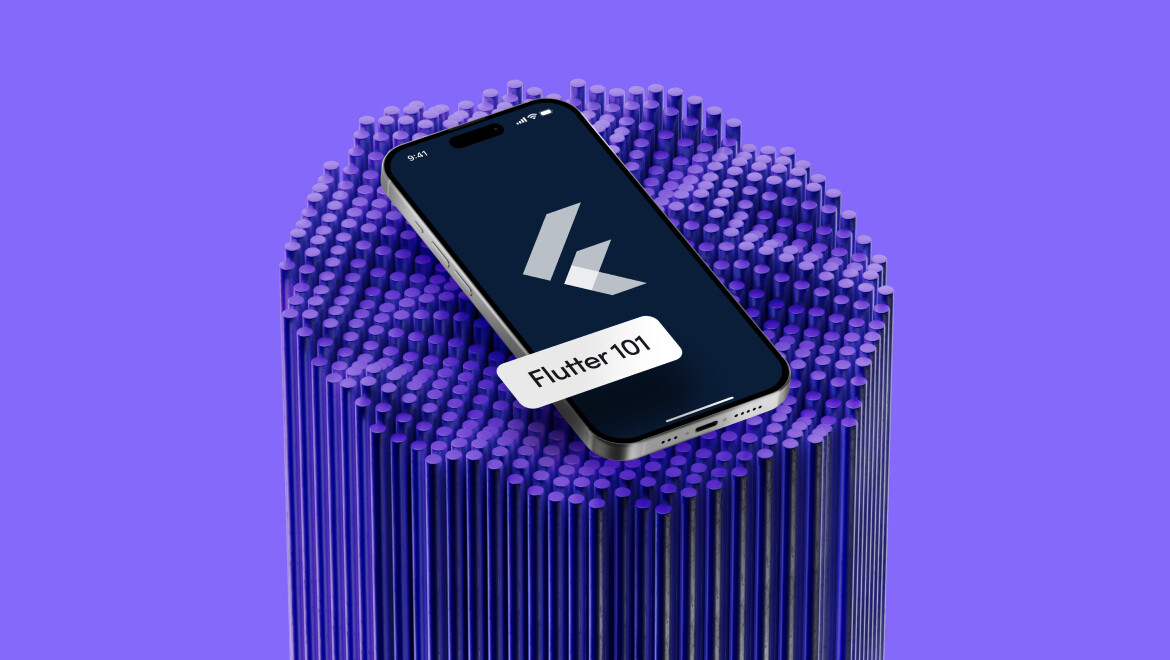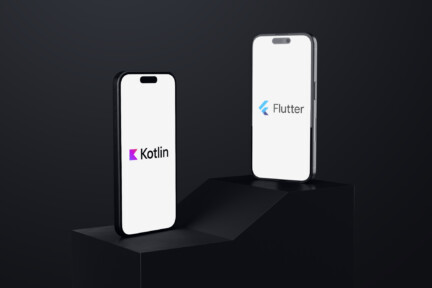

Flutter vs. React Native Performance
Flutter vs. React Native Performance Comparison
Flutter vs. React Native Performance compares the efficiency and speed of two of the most popular frameworks used for mobile app development. Both Flutter and React Native are cross-platform frameworks, meaning they allow developers to build apps for both iOS and Android using a single codebase. However, they differ in how they handle performance, which can be a key factor when deciding which framework to use.
Flutter Performance
Flutter, developed by Google, uses the Dart programming language and its own rendering engine, which sets it apart from React Native. Flutter apps compile to native ARM code, eliminating the need for a JavaScript bridge, which often results in faster performance, particularly for complex UI-heavy apps.
Key Factors Influencing Flutter's Performance
- Direct Compilation: Flutter compiles directly into native machine code, leading to faster rendering and smoother animations. This is particularly noticeable in apps with heavy graphics or complex transitions.
- Skia Graphics Engine: Flutter relies on the Skia engine to render everything. This engine redraws the entire UI every frame, ensuring that Flutter apps run at a consistent 60 FPS or even 120 FPS on supported devices.
- Hot Reload: Although more of a development feature, Flutter’s Hot Reload allows developers to quickly see code changes without rebuilding the entire app, improving development speed without sacrificing app performance.
React Native Performance
React Native, created by Facebook, uses JavaScript and React to build mobile apps. While it’s also a cross-platform framework, React Native works by bridging JavaScript code with native components via a JavaScript bridge. This can lead to performance bottlenecks, especially in CPU-intensive apps or those that need heavy animations.
Key Factors Influencing React Native's Performance
- JavaScript Bridge: One of React Native's weaknesses is the reliance on the JavaScript bridge, which connects JavaScript code to native modules. This process can introduce lag, particularly with complex UIs or apps that require real-time updates.
- Native Components: Despite the JavaScript bridge, React Native apps can use native components for key functionalities. This allows for near-native performance, though UI-heavy apps may still suffer from occasional performance lags.
- Third-Party Libraries: React Native relies heavily on third-party libraries to optimize performance for certain tasks, such as navigation or animations. However, the use of many libraries can increase the app’s size and complexity, potentially affecting overall performance.
Practical Applications of Flutter vs. React Native
UI Rendering
Flutter often outperforms React Native when it comes to UI-heavy applications. Its direct rendering engine makes it the go-to choice for apps that require high frame rates, such as gaming apps or those with complex animations.
Development Speed
While React Native's JavaScript codebase might feel more familiar to web developers, Flutter’s Hot Reload feature and direct native compilation can lead to faster development times and fewer performance hiccups.
Cross-Platform Consistency
If consistent performance across iOS and Android is a priority, Flutter’s direct compilation approach generally provides a more uniform experience compared to React Native, which may need additional optimization on both platforms due to its JavaScript bridge.
In summary, when comparing Flutter vs. React Native Performance, Flutter typically has the edge in terms of raw speed and UI rendering due to its native compilation and Skia engine. React Native, while powerful and versatile, can face performance challenges due to its JavaScript bridge. Both frameworks are excellent for cross-platform development, but Flutter may be the better choice for apps requiring smooth animations, while React Native excels in apps where leveraging existing JavaScript expertise is crucial.
Ready to discover more terms?






